
Find Cheap flights to Tawi-Tawi – Best Airfare Deals
Best Flight Deals in Philippines
Flight Schedule to Tawi-Tawi Today
Airline | Departure Time | Arrival Time | Origin Airport | Destination Airport | |
|---|---|---|---|---|---|
Philippine Airlines | 09:25 | 10:20 | Zamboanga (ZAM) | Tawi-Tawi (TWT) | Book flight |
Which Airlines Offer Direct Flights to Tawi-Tawi?
About Tawi-Tawi
Tawi-Tawi (Tausug: Wilaya' sin Tawi-Tawi) is an island province in the Philippines located in the Bangsamoro Autonomous Region in Muslim Mindanao (BARMM). The capital of Tawi-Tawi is Bongao, per Batas Pambansa Blg. 24 which was enacted on April 4, 1979. It is the southernmost province of the country, sharing sea borders with the Malaysian state of Sabah and the Indonesian North Kalimantan province, both on the island of Borneo to the west. To the northeast lies the province of Sulu. Tawi-Tawi also covers some islands in the Sulu Sea to the northwest, the Cagayan de Tawi-Tawi Island and the Turtle Islands, just 20 kilometres (12 mi) away from Sabah. The municipalities comprising today's Tawi-Tawi province were formerly under the jurisdiction of Sulu until 1973.
The province lies at the southwestern tip of the country, situated between the Sulu Sea in the north and the Celebes Sea in the south. The province is part of the Sulu Archipelago and consists of Tawitawi Island and 106 surrounding islands and islets with a combined land area of 1,087.4 square kilometres (419.8 square miles). Tawitawi Island itself has an area of 580.5 square kilometres (224.1 square miles). The last island of the province at the edge of the Philippine-Malaysia border is Panguan Island. The province has two seasons: dry and wet. The climate is generally moderate. The wettest months are from August to November. The other months of the year are usually dry with occasional rain showers.
The main island of Tawi-Tawi supports many endemic species and subspecies of vertebrates, invertebrates and plants unique to this island, plus some that are only shared with Sulu Province. These include the Tawitawi brown dove, the Sulu hornbill and the Sulu bleeding-heart, although this latter species may already be extinct. The rapid expansion of human settlements into forested areas together with clearance for agriculture in the last few decades has dramatically reduced the available habitat for most of the endemic species, many of which are now considered 'Critically Endangered' by the International Union for the Conservation of Nature.
Airports in Tawi-Tawi
1. Tawi-Tawi Airport (TWT)
You will depart from Manila International Airport (MNL) and will land at the Tawi-Tawi Airport (TWT). The flight takes around 3 hours and 5 minutes. The fare starts from PHP 5961.00 nonstop. There are a few Airlines that you can choose from. They are Cebu Pacific, Philippines Airlines and Cebgo Airlines.
How to Get Cheap Flights in Tawi-Tawi?
Traveloka is a travel search engine that makes it easy for travellers to find the cheapest flights to Tandag. All you need to do is key in the information in the search box, and the application will recommend the best trip according to your budget. It compares flight prices across some trusted airlines to help you to get the best possible deal. Use Traveloka's price alert feature to be notified of flights in your desired price range to get the best flight price to Tawi-Tawi.
When is the Best Time to Fly to Tawi-Tawi
The Philippines are most popular during the dry season, between November and April. At this time the country is fully accessible, including its many beautiful islands and more remote areas. Temperatures are high during March and April, so it's best to travel during the cooler months of December to February. The climate in Tawi-Tawi is hot, oppressive and overcast. Over the year, the temperature typically varies from 77°F to 89°F and is rarely below 74°F or above 92°F.
The wet season falls between May and October, but the rain isn't constant and rarely impacts on travel plans. You'll still enjoy hot, sunny days at this time, fewer crowds and lush green scenery. The shoulder months of May and November can represent good value for money - you'll miss the crowds, the weather's still pleasant and flights will be cheaper than during the high season. The weather can be unpredictable in the Philippines, and typhoons can sometimes occur as early as August or as late as January. If travelling during the start of the month, please be sure to secure accommodation far in advance as the knock-on effect from Easter can cause disruption. Temperatures will be at their peak, this being the last month of the dry season.
Every September, Tawi-Tawi celebrates Kamahardikaan, its anniversary as a province. Held on the same week is Agal-Agal Festival, which highlights the province's top product, agal-agal, the local word for seaweed. On its 44th year, the municipality of Languyan played host, about an hour away by speedboat from Bongao, the provincial capital. There will be various activities held during the five-day celebration, showcasing the culture & history of the Sama, Badjao, Jama Mapun and Tausug, the four major indigenous groups in Tawi-Tawi.
One of the festival's highlights was the parade and the street dancing competition. Usually, it will be participated by 9 of the 11 municipalities of the province with each contender presenting a glimpse of their traditions through dance, music and their costumes. Having limited knowledge on traditional dances, my level of appreciation was at a basic level - how I felt while watching the performances. Most of the performances were engaging and you will get to witness the pangalay for the first time. Pangalay is a traditional dance by the Tausug in the Sulu Archipelago and Sabah (Malaysia). Characterized by graceful movements of the fingers, elbows, shoulders and wrists, it resembles a form of martial arts in the Malay archipelago.
What are the Top 3 Things to Do in Tawi-Taw
1. Panampangan Island - An hour away from Bongao by a fast boat, one arrives at probably one of the most stunning islands in the country, Panampangan Island. It's believed to have the longest sandbar in the Philippines. According to the environment and mapping advocate Ervin Malicdem "during low tide, the sandbar extends far out to about three kilometers to its neighboring islet, Basibuli; also in the same reef." Lush greens composed of towering coconut trees occupy a large section of the island. These provide adequate shade, while the rest of the island is composed of a picturesque snaking sandbar framed by the crystal clear waters of Celebes Sea. A day trip here screams of nothing but a fantastic experience.
2. Eat Tiyula Itum - Given its proximity to Sabah, food in Tawi-Tawi is very much influenced by Malaysian cuisines. It's not uncommon to find restaurants in Bongao selling popular Malay dishes such as Nasi Goreng, Satti, Martabak, Mee Goreng, and a lot more. But if you want to eat something peculiar to Tawi-Tawi or at least unique to the Tausug people of Sulu Archipelago, look for Tiyula Itum, a black-tinted spicy beef broth mixed with burnt coconut meat.
3. Sama Dilaut Village (Badjao Village) - Should you want to visit a Sama Dilaut community, there's no need to go far because you'll find many of them in Bongao. With stilt houses standing on water and narrow wooden footbridges linking households, strolling along these villages is quite an experience. However, we need to be respectful and refrain or at least minimize taking photos of locals without their consent.
It is highly recommended for you to purchase a locally-made banig from one of the Sama Dilaut families. Their craftsmanship in making banig has been acclaimed by several institutions worldwide, owe it to the very fine details and trademark colorful designs of their artwork. One regular-sized banig usually takes months to finish because weavers give their best in perfecting their patterns using only their bare hands.
Frequently Ask Questions
More Xperience in Tawi-Tawi
Most popular destination in Municipality of Bongao

For all your unique travel choices, we got you
Popular Routes from Sanga-Sanga Airport
Popular Routes to Tawi-Tawi
Popular Destinations
Popular Routes
Popular Airlines
AIRLINE_DESTINATION_tab_title
Popular Airports
Other Popular Destinations
Top International Destination
Top Flight Airport



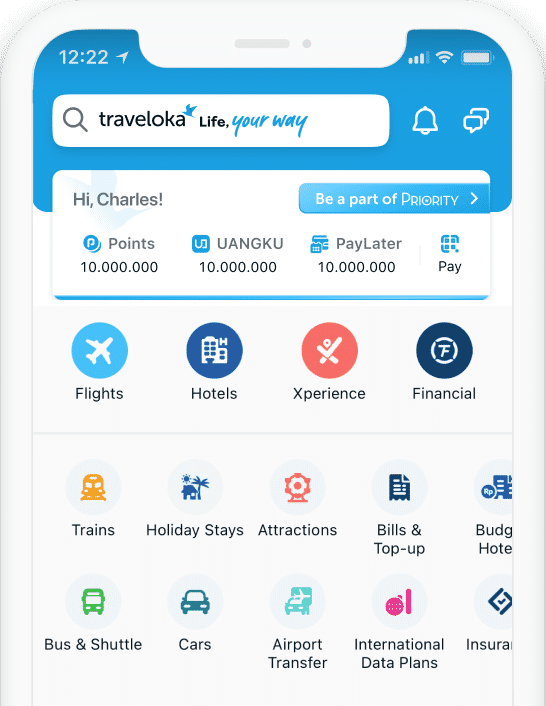

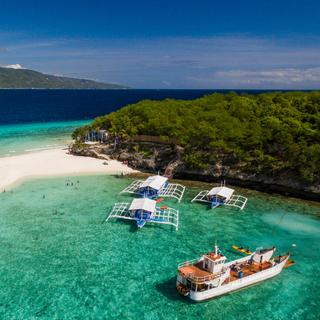

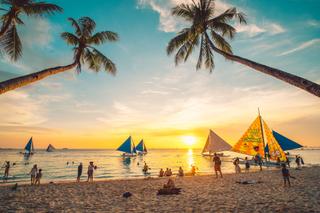
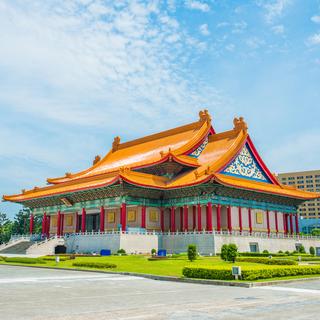
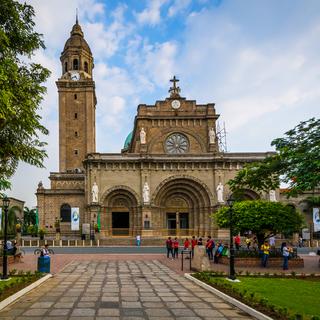


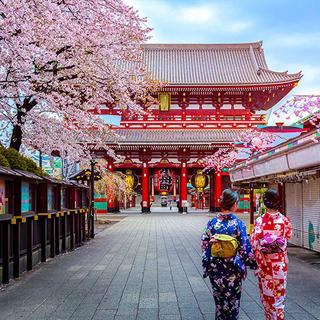
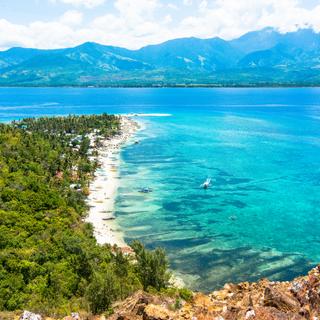









 Facebook
Facebook Instagram
Instagram TikTok
TikTok Youtube
Youtube